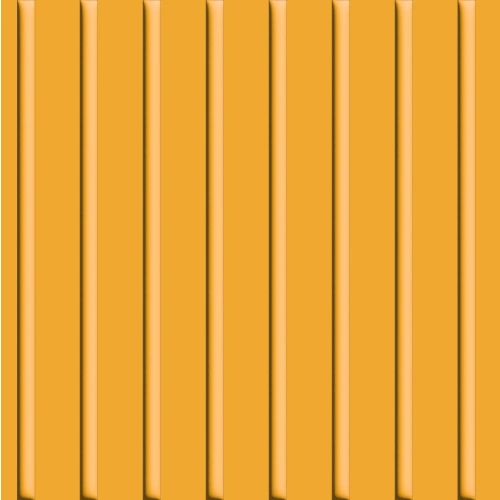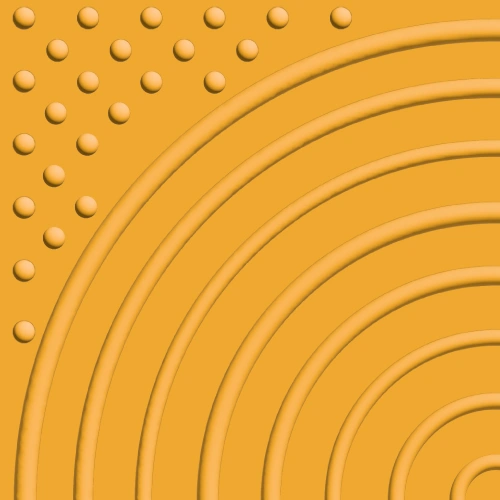LVE SYSTEM - Loges Vet Evolution
- TILES
The LOGES – VET – EVOLUTION (LVE) system of integrated tactile signals and paths was born from the collaboration between the Italian Union of the Blind and Visually Impaired U.I.C.I. ONLUS and the Association of the Visually Impaired A.D.V. ONLUS and in cooperation with the JRC, established at the European Commission and the University of Rome “La Sapienza”.
The particular innovation of this system is to provide the visually impaired person with both tactile and, in facilities where the service has been activated, vocal information.
Ensuring safety and autonomy of movement for people with visual impairment requires that the physical environment be compatible with their orientation needs. The blind or visually impaired person, in order to move in space, uses certain signs called “natural guides,” which are special environmental situations that enable them to orient themselves independently. Examples of natural guides are a sidewalk curb that can be felt with the feet or a cane, or an audible attention signal, or even a wall delimiting a space.
The tool that enables sensory accessibility to places and spaces for public use and access is the I.T.T. ground tactile indicator system, as contemplated in the relevant national laws.
- Installable indoor and outdoor
- stackable on top of the existing pavement
- Reaction to fire B-fl/s1
- UV resistant
- Non-slip coefficients R11
- RoHS & lead-free compliant
YELLOW 3F9
WHITE 232B
GRAY 1B82
ANTHRACITE 1B68
RED BC3
OTHER COLORS ON REQUEST
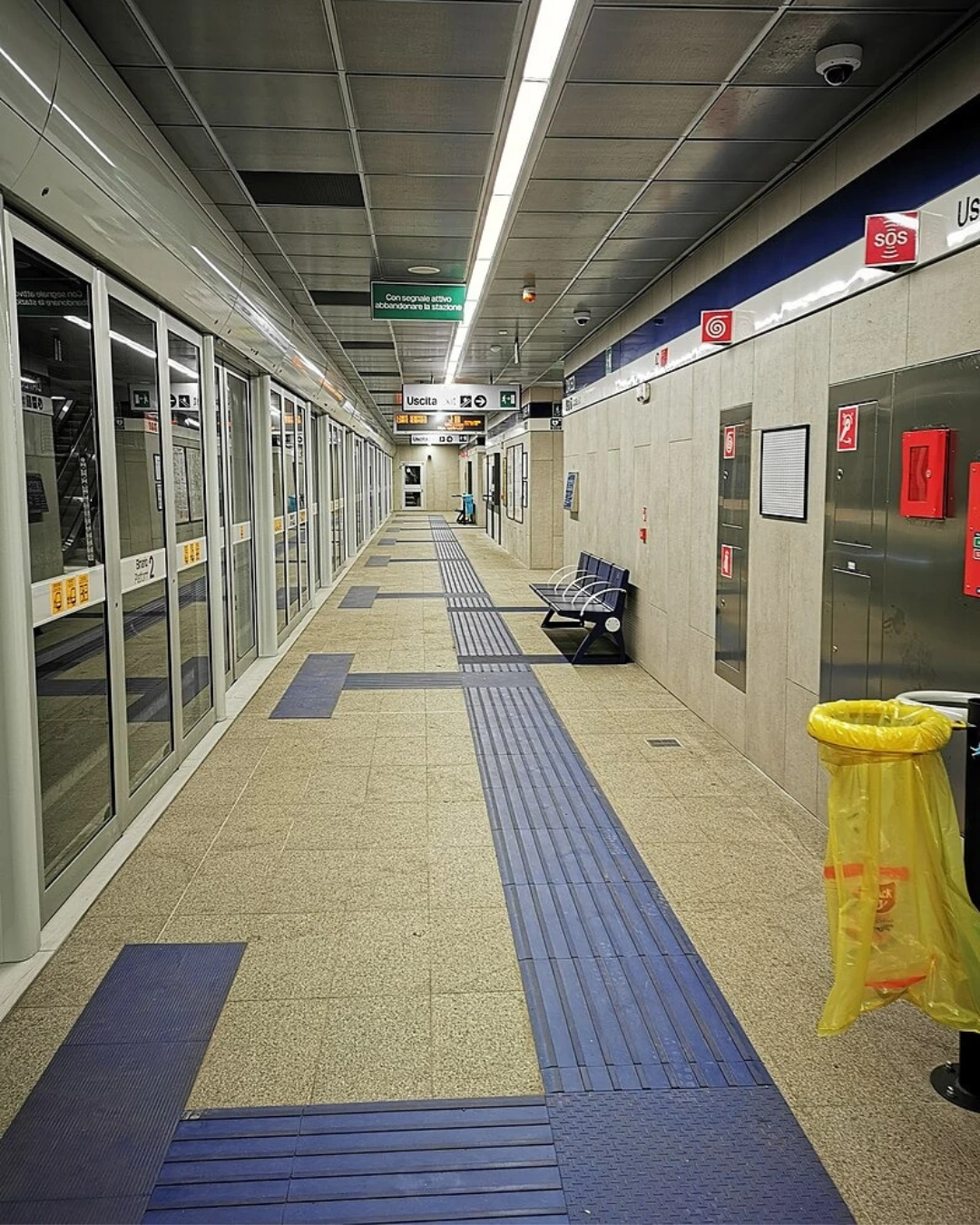
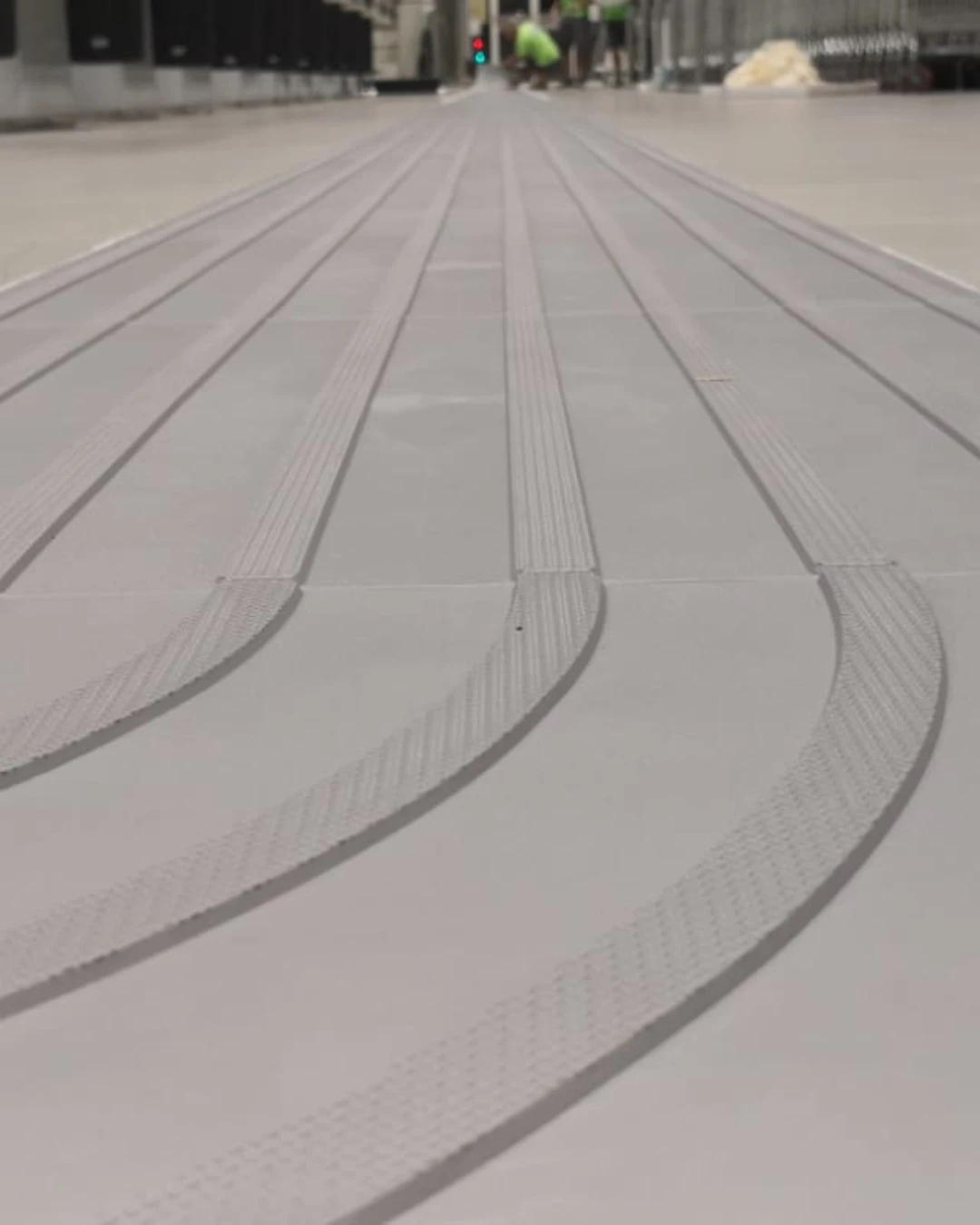
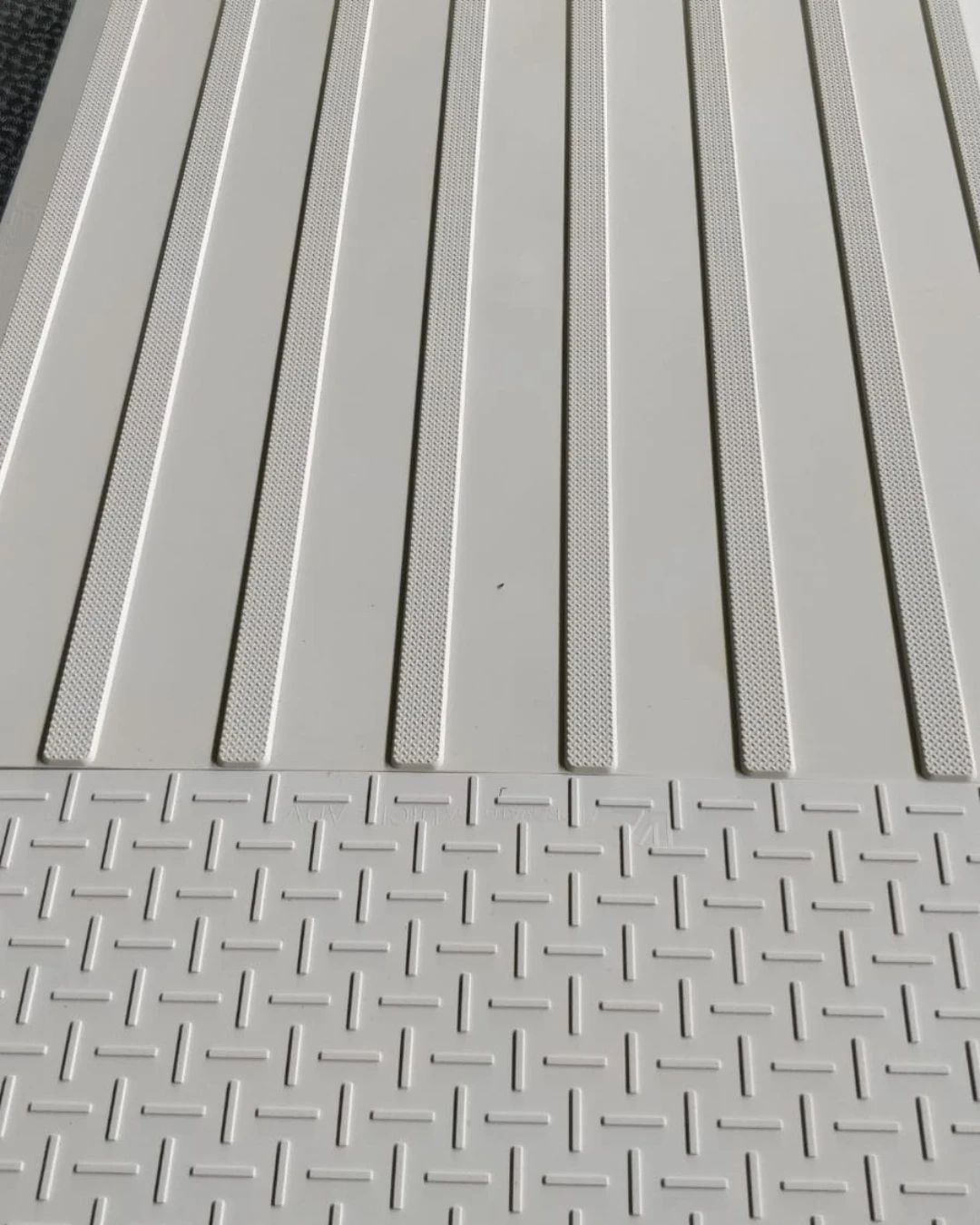
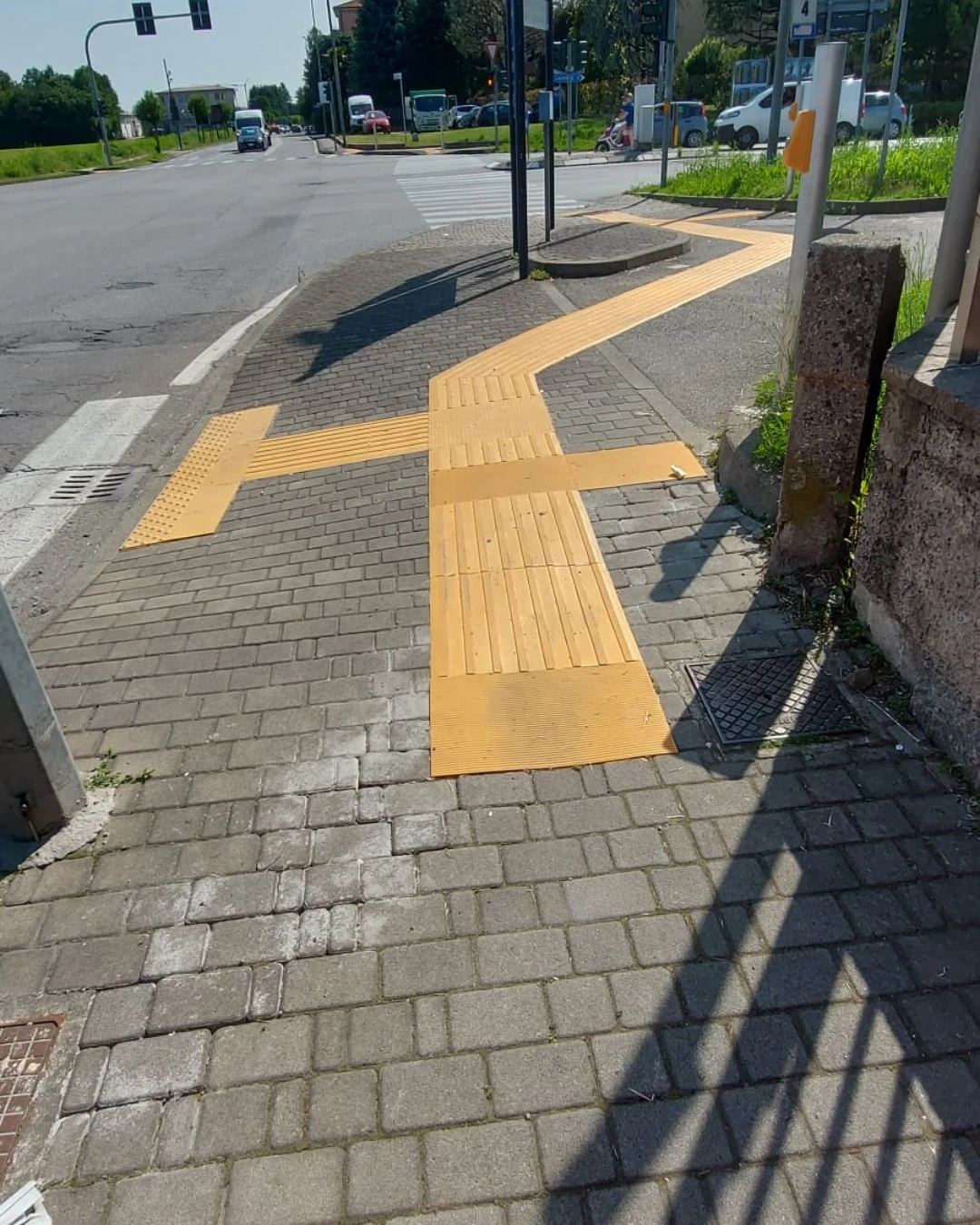
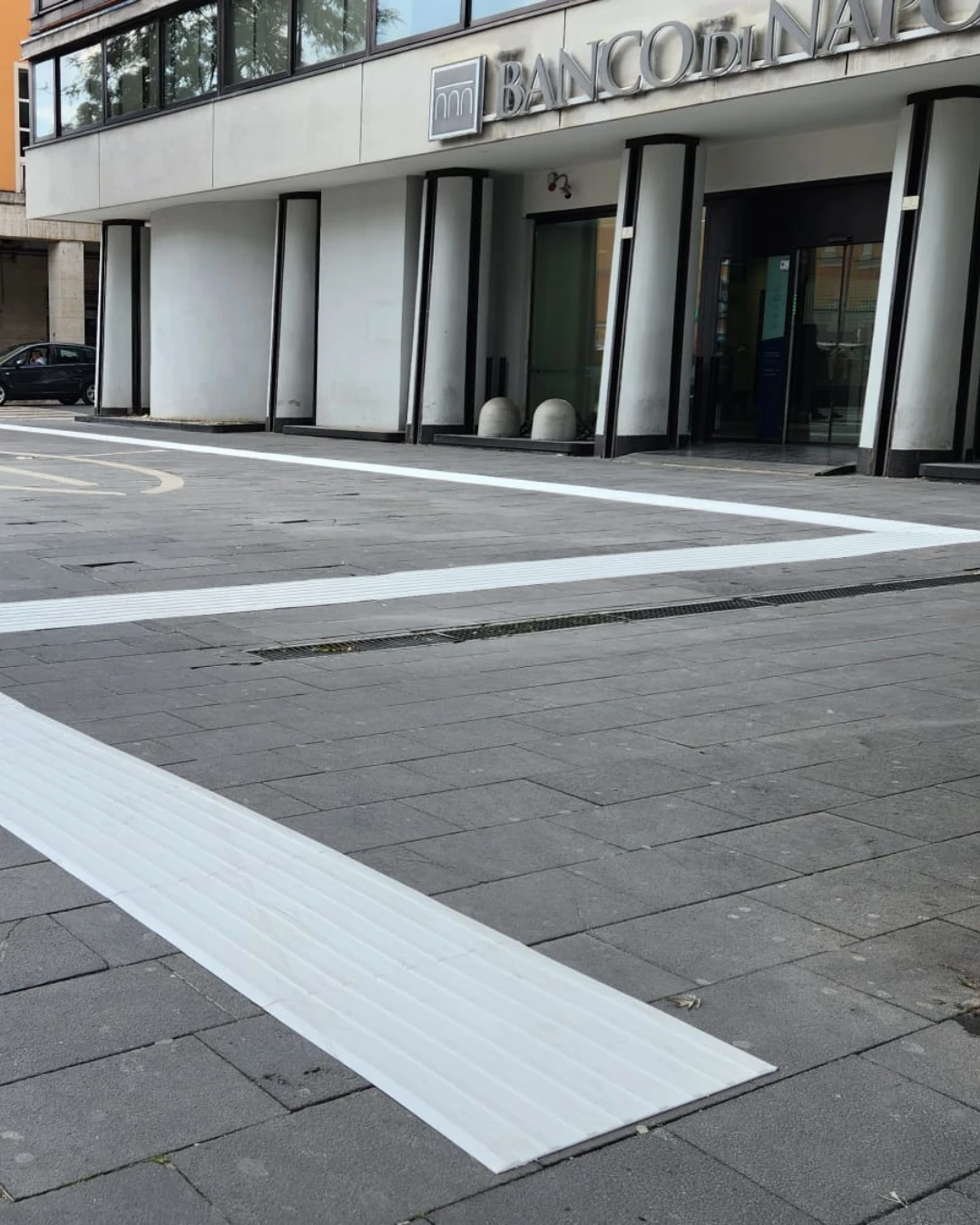

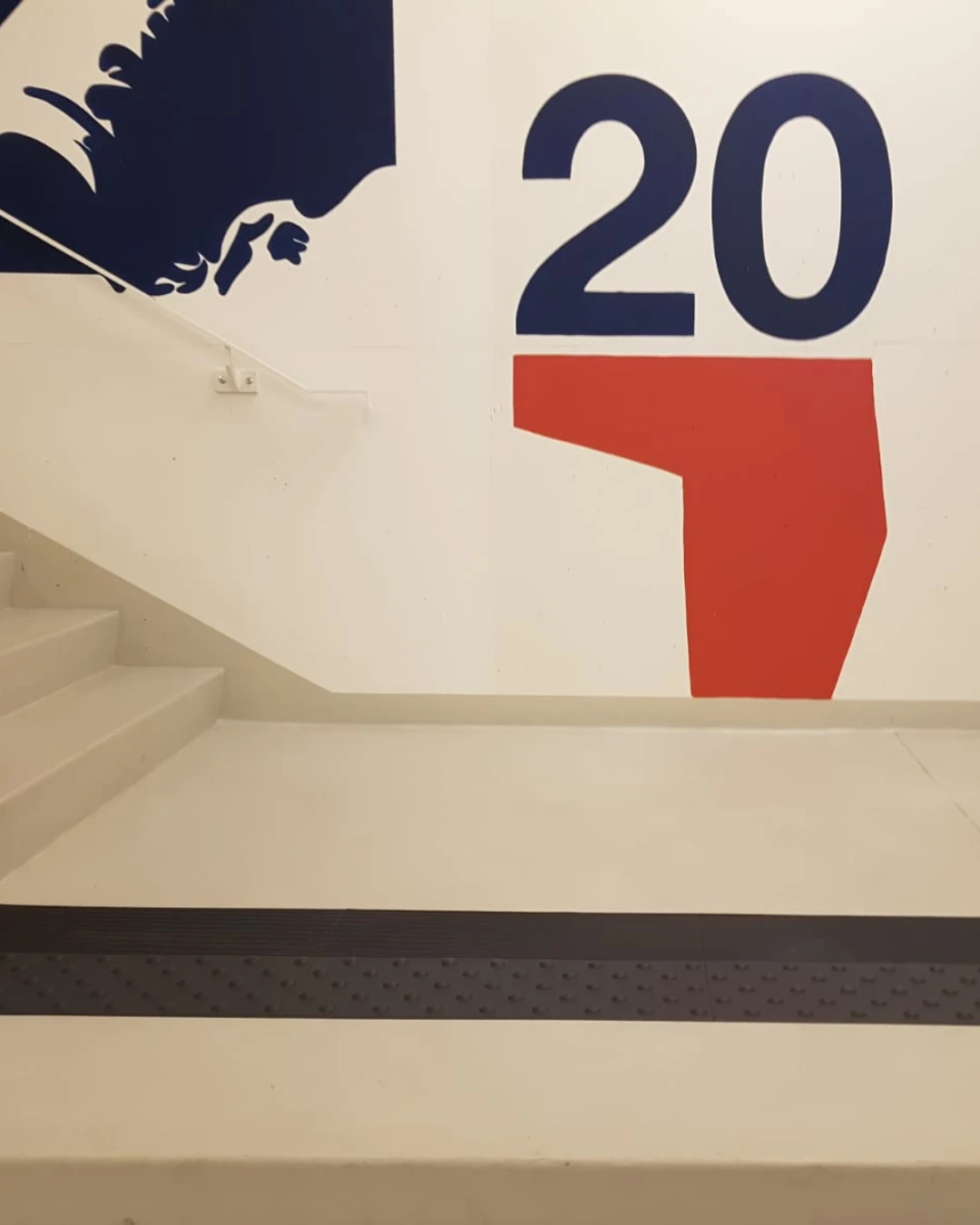
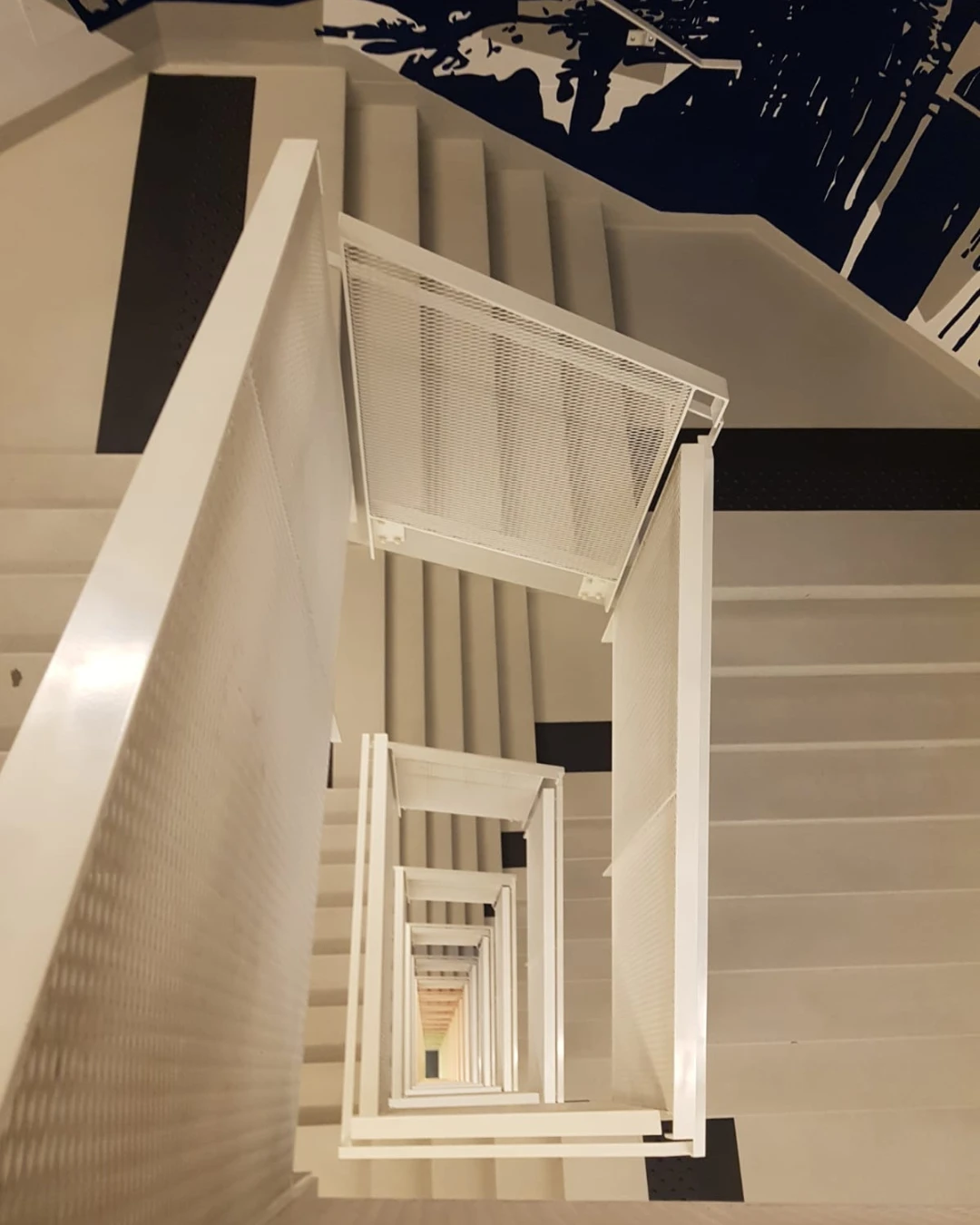
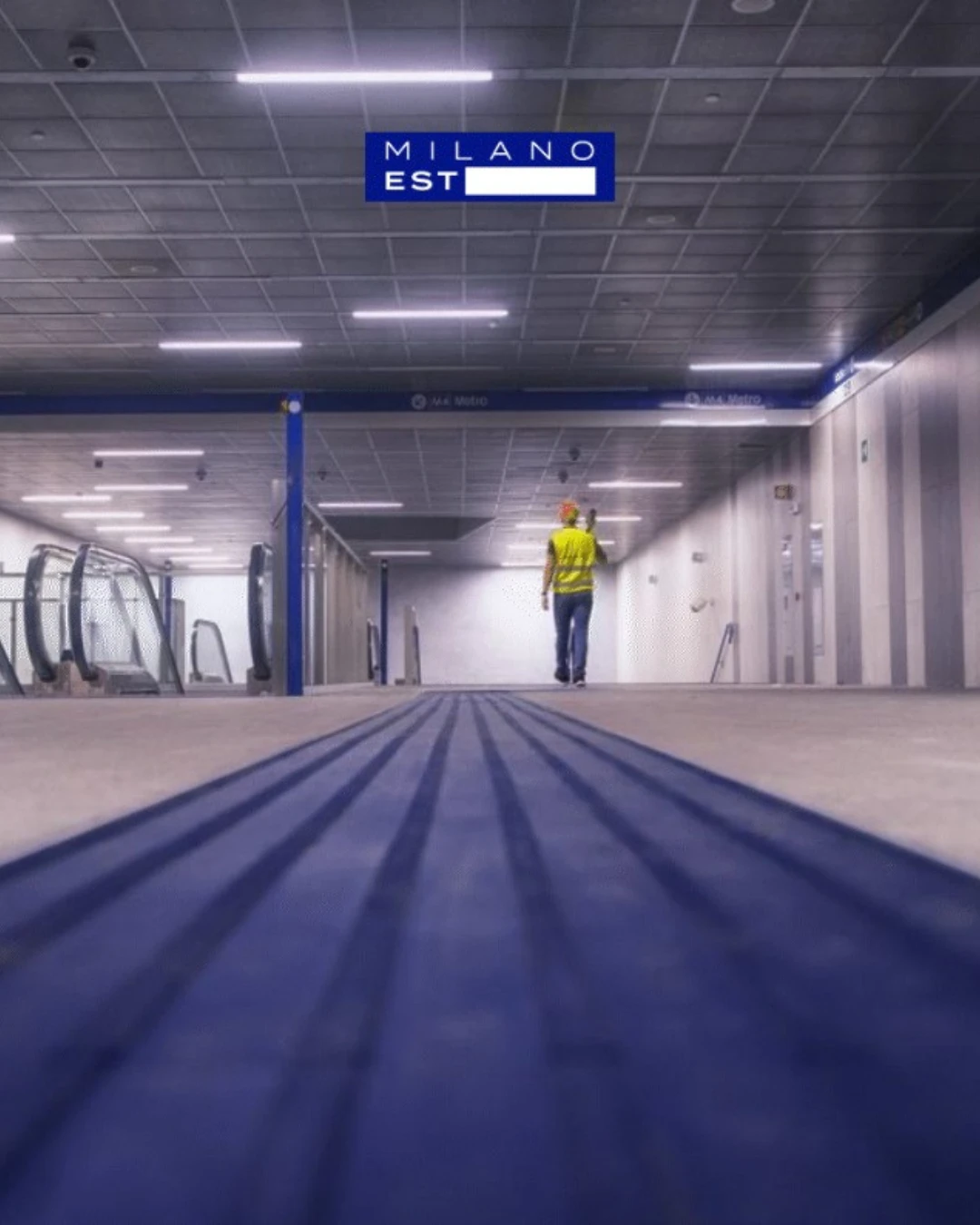

▬ LVE SYSTEM ▬
Components
- All components can be integrated with RFG tags
- Upon request, all components can be supplied with double-sided adhesive tape
▬ FIND OUT MORE ▬
Download
In Italy, there is an extremely advanced regulatory fabric that protects the rights of the disabled in general and specifically sensory disabilities through the following National Laws:
The implementation of systems to promote motility, through the recognition of places and sources of danger by the visually impaired is sanctioned by Art. 1 of Presidential Decree No. 503 of July 24, 1996, which reiterates what was already stated in the “Framework Law on Disability” of February 5, 1992, No. 104, regarding the elimination of architectural barriers:
-
Art. 1.2.c
“Architectural barriers are defined as: the lack of accouterments and signs that allow orientation and recognizability of places and sources of danger for anyone and especially for the blind, visually impaired and deaf.”
-
Art. 4
“Projects relating to public spaces and urbanization works with predominantly pedestrian use must provide at least one accessible route capable of enabling…the use of services, social relations and environmental enjoyment even for people with reduced or impeded motor or sensory capacity.”
-
Art. 7.1
“For stairs and ramps, the rules contained in 4.1.10 of Decree of the Minister of Public Works No. 236 of June 14, 1989, shall apply” The Ministerial Decree referred to specifies in Art. 4.1.10.6:” Ramps of stairs must be easily perceivable even for the blind” and in Art. 8.1.10 “….A sign at the floor (band of different material or otherwise perceptible by the blind), located at least 30 cm from the first and last steps, must indicate the beginning and end of the ramp.”
-
Art. 13.3
“For outdoor spaces pertaining to the same buildings, the necessary accessibility requirement is considered to be met if there is at least one path for access to the building that can also be used by people with reduced or impeded motor or sensory capacity.
There are numerous normative references on the subject, the most incidental of which include:
-
L. 118/71 (Art. 27) – Architectural barriers and public transportation;
-
Law 13/1989 – Provisions to encourage the overcoming and elimination of architectural barriers in private buildings;
-
DM 236/1989 – Technical prescriptions necessary to ensure the accessibility the adoptability and visibility of private buildings and subsidized and facilitated public housing for the purpose of overcoming and eliminating architectural barriers;
-
L. No.15/91 – Regulations aimed at facilitating voting by non-ambulatory voters;
-
Law No. 104/92 – Framework law for assistance, social integration and the rights of handicapped persons;
-
Law No. 23/96 – Standards for school construction;
-
D. L.gs. 267/2000;
Article 82.6 – All works carried out in public and private buildings open to the public in nonconformity with current provisions on accessibility and elimination of architectural barriers, in which the nonconformities are such as to make it impossible for handicapped persons to use the work, shall be declared unfit for use;
Art. 82.7 – The designer, the construction manager, the technical supervisor of fitness assessments and the inspector, each within his or her competence, shall be directly responsible for discrepancies that are such as to make it impossible for handicapped persons to use the work;
-
Presidential Decree No.380/2001 – Single text of laws and regulations on construction.
In essence, from the interpretive reading of the combined-arrangement of their articles, it can be stated that the implementation of systems to promote motility through the recognition of places and sources of danger by the visually impaired is a legal obligation, as reiterated in Article 1 of Presidential Decree No. 503 of July 24, 1996, which better specifies what was already enunciated in the framework law on disability of February 5, 1992, No. 104, regarding the elimination of architectural barriers.
Compliance with this legislation introduces the process of social awareness, the only tool that can lead to an efficient solution.
The implementation of this process requires the synergistic and total cooperation of all relevant public and professional institutions.
-
Art. 2(A)(c) of Ministerial Decree 236/1989, “the lack of accouterments and signs that allow orientation and recognizability of places and sources of danger for anyone and especially for the blind, visually impaired and deaf.”
It follows from this that all facilities with public access and use, built or renovated after 1989, that lack such signs and devices, in this case, tactile signs and pathways on the pavement and relief maps and voice announcements, are not independently accessible by people with visual impairments and are therefore made in violation of the law with the consequent unaccessibility imposed by the:
Paragraph 6 of Art. 82 of Presidential Decree 380/2001 and the responsibilities of the designer,the RUP, the construction manager and the inspector, provided for in Paragraph 7 of the same article for works performed after 1992.
In the world there are regulatory standardization bodies whose task is to unify products-manufactures in order to create generic reference standards(so-called “technical norms”)to which Everyone can refer in a certain and uniform way.
They, while not imperative to third parties, are nevertheless widely observed in order to make a work harmonized at the European or international level *and constitute so-called “good practice.”
Thus, technical standards are documents with voluntary compliance that define the characteristics of products and services, as well as methods for measuring and verifying their compliance, with the goal of ensuring:
-
safer, healthier, more environmentally friendly products and services:
-
products of higher quality and reliability;
-
Services of substance and with real value;
-
Increased compatibility and interoperability between products;
-
usability by segments of “less able” populations;
-
The widest choice at the time of purchase;
-
Lower costs of purchase and use;
-
Better information about products and services.
This results in a technical standard that becomes synonymous with a guarantee for designers, users and the entire target market.
These organs, in order of importance are:
-
ISO International Organization for Standardization – In which there are representatives of standards bodies from all countries of the globe. On the site about halfway down the page you can find “About ISO” and under “Members” clicking on it shows the members with their respective standards bodies.
-
CEN European Committee For Standardization – In which the standards bodies of all European countries are represented. Visiting the site on the blue strip at the top you can find “Members” and clicking on it brings up all the countries)
-
UNI Italian National Unification Body – In which there are National representatives.
Well, the Loges-Vet-Evolution System, abbreviated as LVE,” being of the “Latest Generation” has taken into account the only international and European tactile pathway technical reference standards, respectively, stated here:
ISO/TC 59/SC 16 NO. 140
CEN/TS 15209
Unlike the Loges-Vet-Evolution System, LVE®” , some of the Systems used, do not meet any of the standards/parameters of the aforementioned Technical Specifications, such as a ‘height of the pads not covered, and an inhomogeneity of spacing between the pads of the straight code that reduces their tactile usable width.
In order to the two main codes (“GUIDING PATTERN,” indicating the direction of walking on a path, and “ATTENTION PATTERN,” indicating attention to a hazard), CEN/TS 15209/2007 further specifies the structure of the surfaces of the two code patterns, identifying for the guiding path surfaces called “ridged or grooved”; and for the attention code a unique pattern of surfaces cd.”bubble” variously textured, so that they are used to indicate caution in frontal or lateral approaches to a hazard.
Well, the Loges-Vet-Evolution System, LVE is undoubtedly a path responsive and harmonized to the dimensional tables of the international (ISO/TC 59/SC 16 No.140) and European (CEN/TS 15209/2007) reference standards, and it is also integrated with second-level codes suitable for ensuring more tactile information.
This conformity is important as a guarantee of the validity of the system also in anticipation of a possible subsequent national technical regulation on the subject, which is the responsibility of UNI, being in force in this regard in the relations of connection between the technical standardization bodies ISO; CEN; and UNI; the so-called rule of “standstill” which makes conventional standardization substantially obligatory. (For any further explanations on this rule, please refer to the site of the Internal Regulations of CEN, which prohibits the National Technical Standardization Bodies (in the case de quo UNI) to create, in the same matter, technical standards in conflict with those of the “superior” European ( CEN) and International ( ISO) Standardization Bodies.
This guarantee of regularity and uniformity also extends to the sophisticated Loges-Vet-Evolution System, LVE®, which results from the combination of the Tactile System with the SeSaMoNet System, the result of research by the Joint Research Centre of the European Commission, developed for use in support of tactile pathways meeting technical standards, designed and conceived specifically to support the visually impaired in orientation and safe, autonomous mobility.
For all the above reasons, as well as for its better perceptibility and excellent recognizability of the individual tactile codes, the associations representing and protecting the blind and visually impaired in Italy have adopted Loges-Vet-Evolution, abbreviated as LVE®, as the only system suitable to meet the current performance regulations in Italy regarding the elimination of sense-perceptive architectural barriers.
